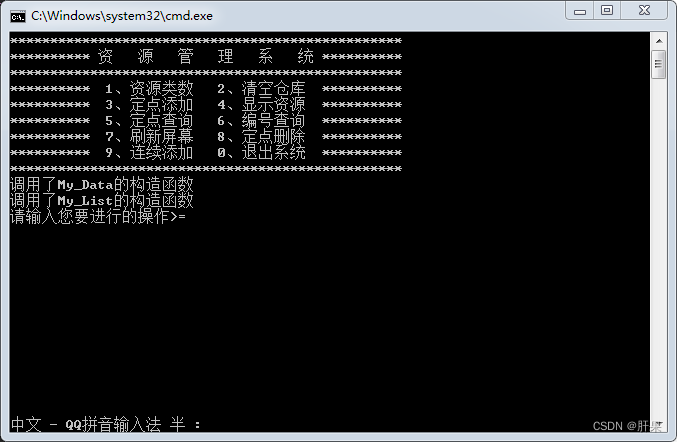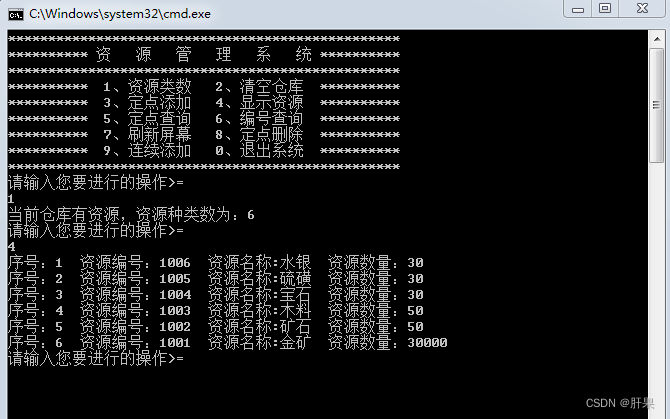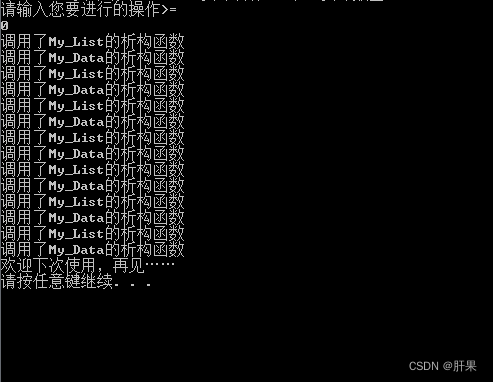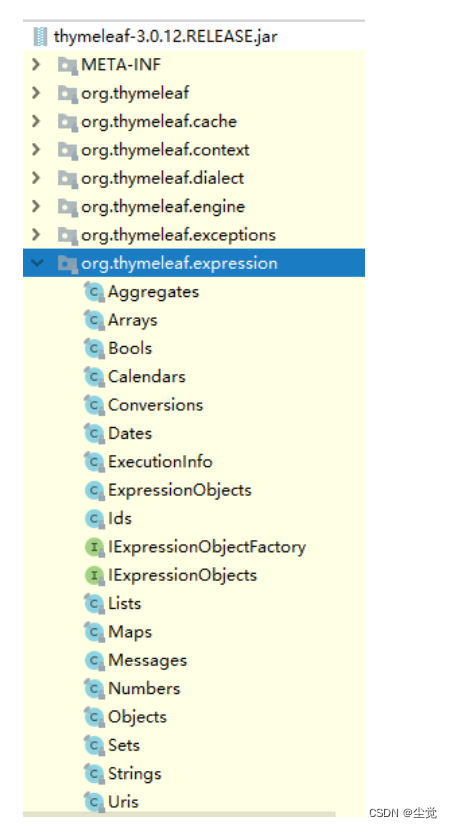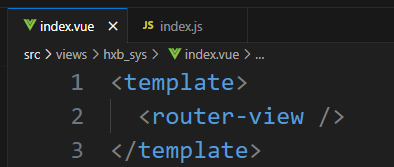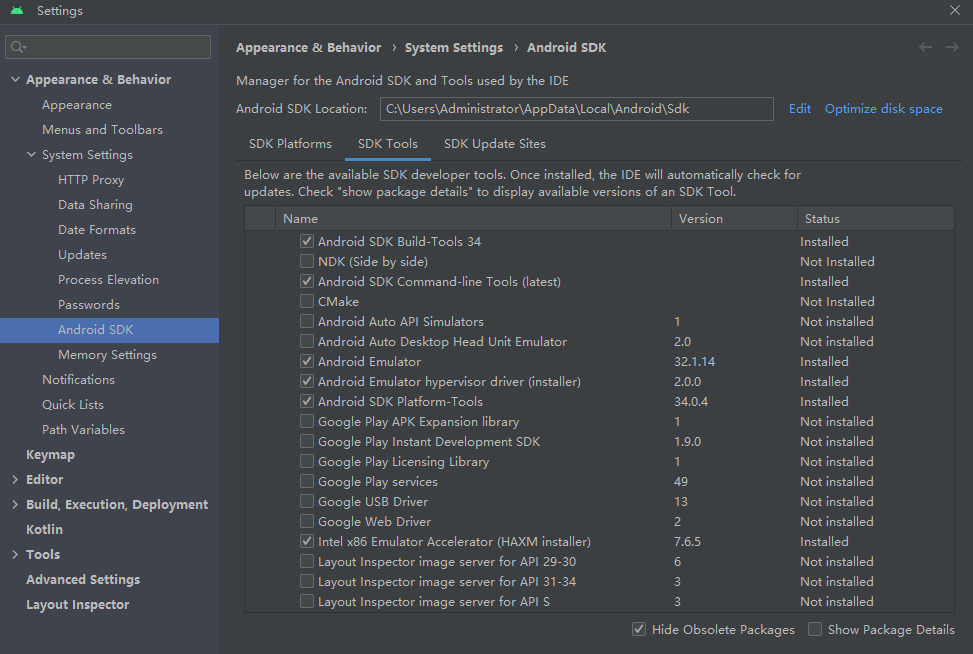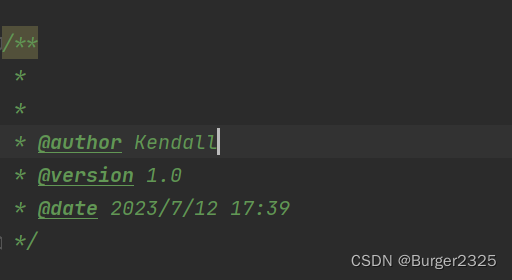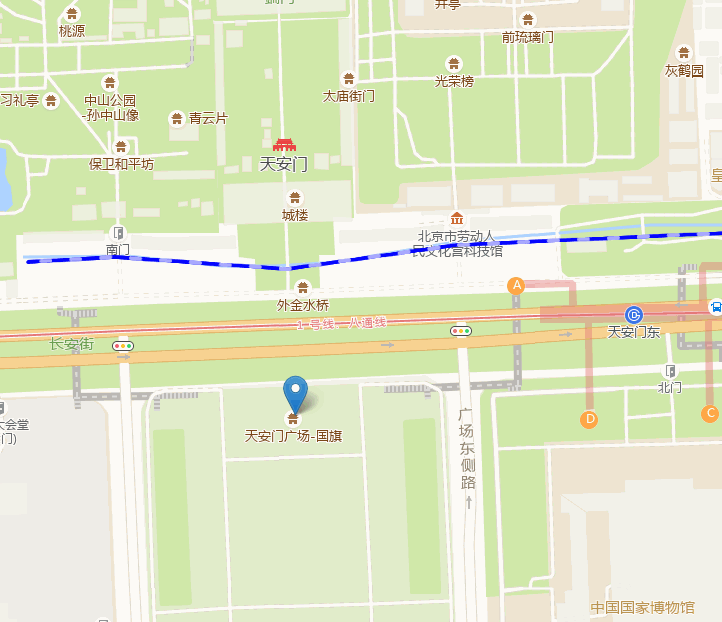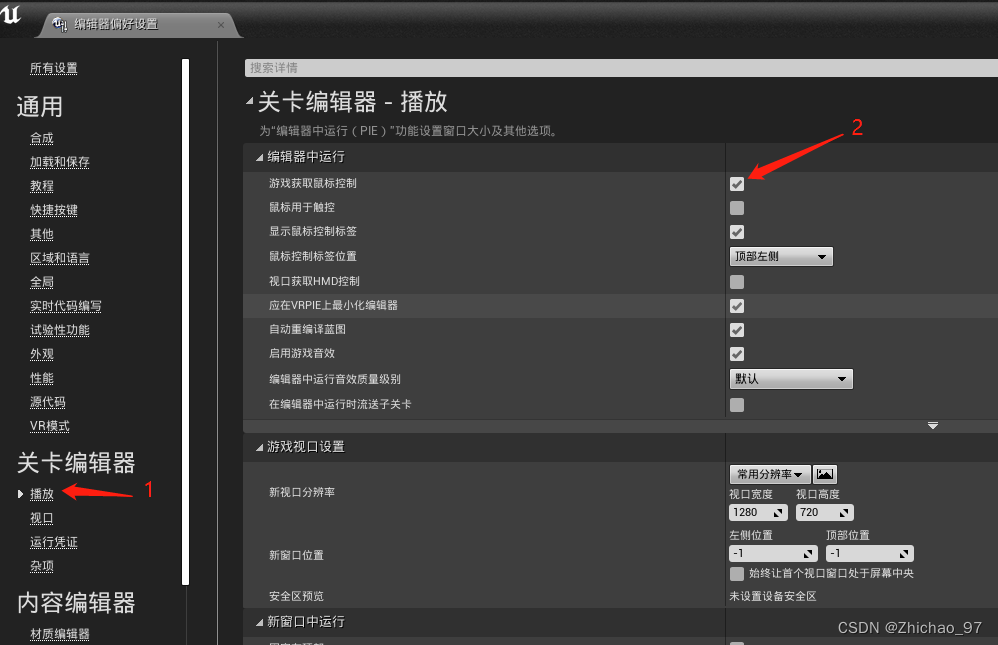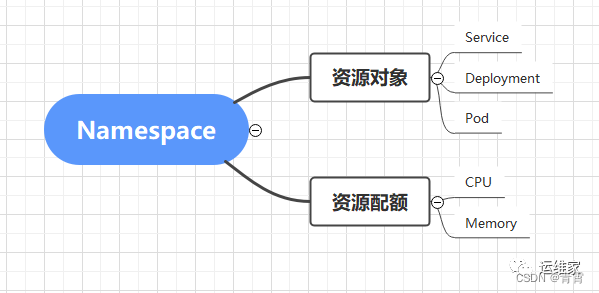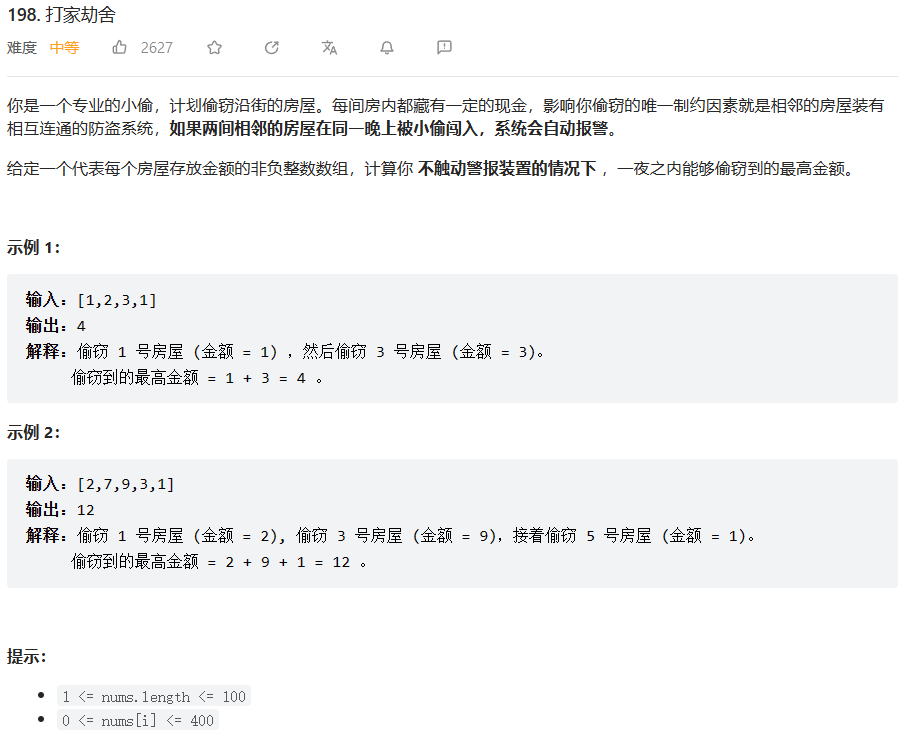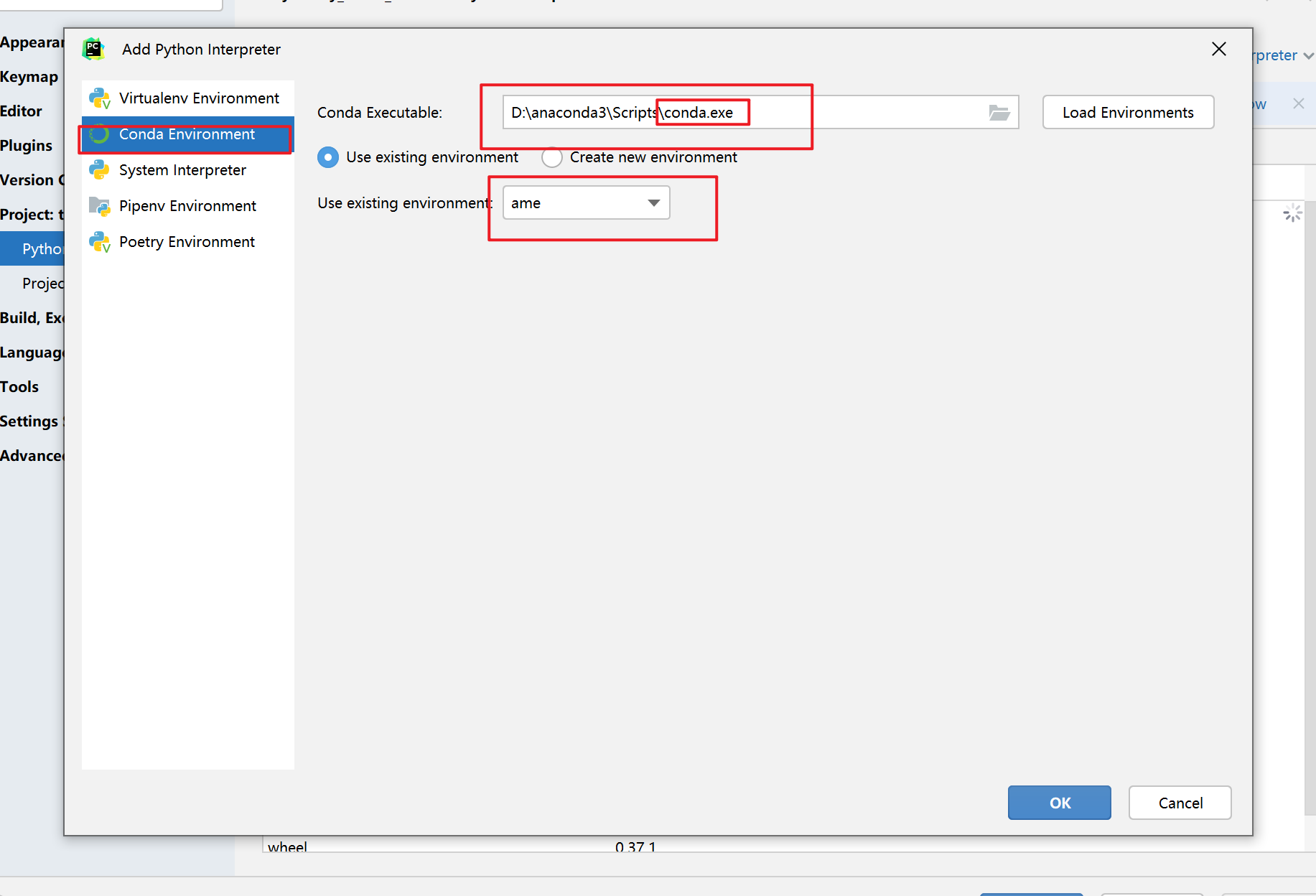线性表的链式表示和实现
结点在存储器中的位置是任意的,即逻辑上相邻的数据元素在物理上不一定相邻
线性表的链式表示又称为非顺序映像或链式映像。
用一组物理位置任意的存储单元来存放线性表的数据元素。
这组存储单元既可以是连续的,也可以是不连续的,甚至是零散分布在内存中的任意位置上的。
链表中元素的逻辑次序和物理次序不一定相同。
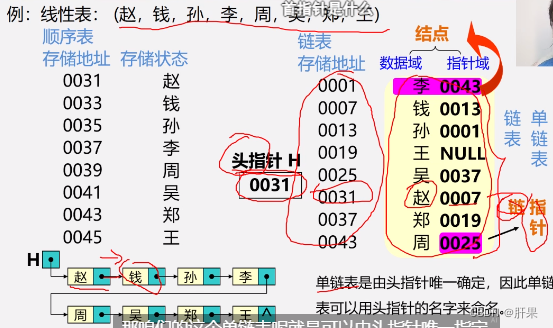
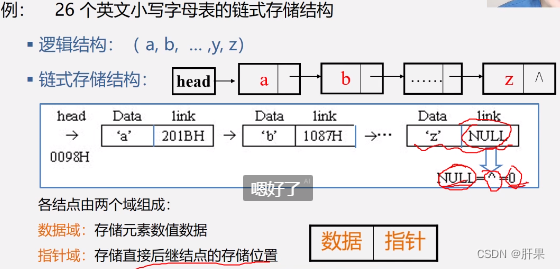


单链表、双链表、循环链表
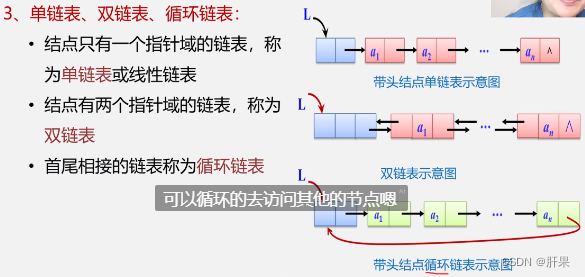
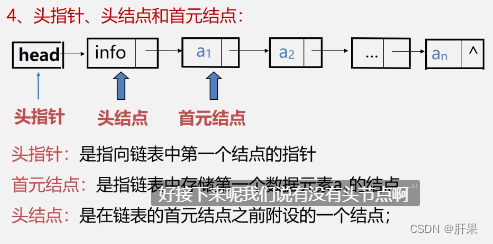
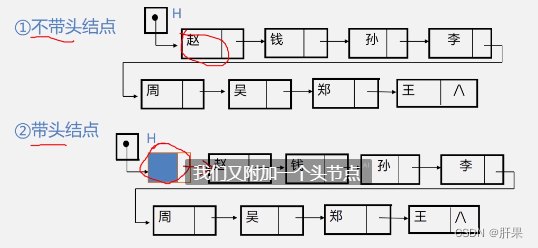

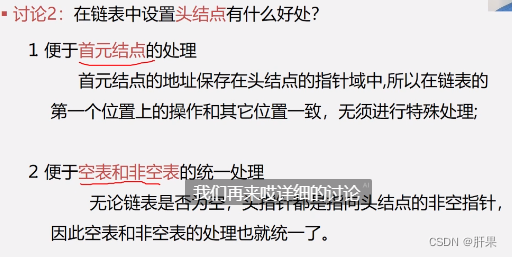
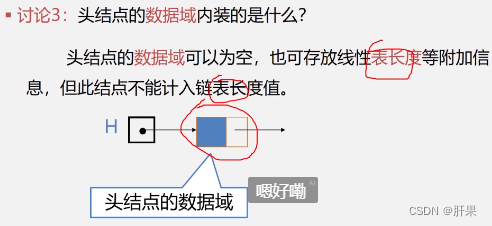
链表(链式存储结构)的特点
1、结点在存储器中的位置是任意的,即逻辑上相邻的数据元素在物理上不一定相邻。
2、访问时只能通过头指针进入链表,并通过每个结点的指针域依次向后顺序扫描其余结点(顺序存取法),所以寻找第一个结点和最后一个结点所花费的时间不等。

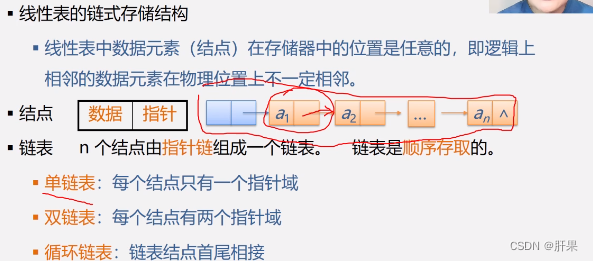
单链表的定义和表示
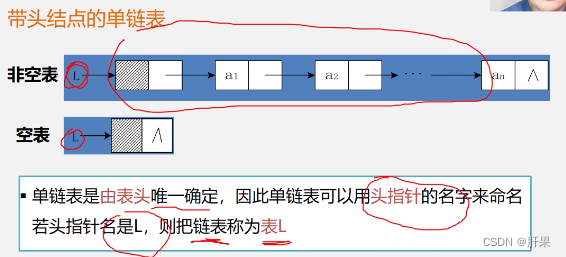
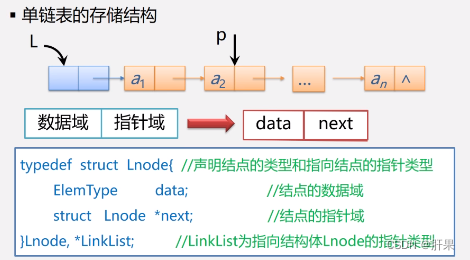
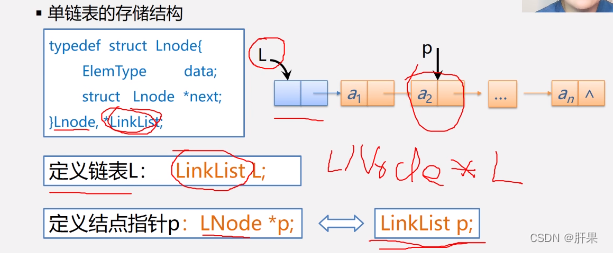
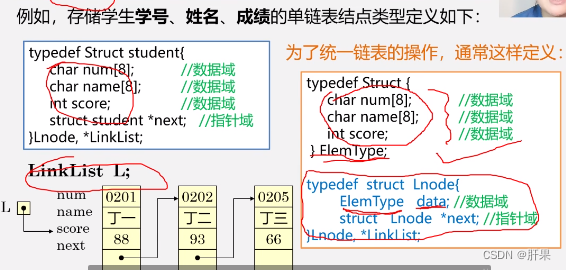
单链表的基本操作的实现☆☆☆☆
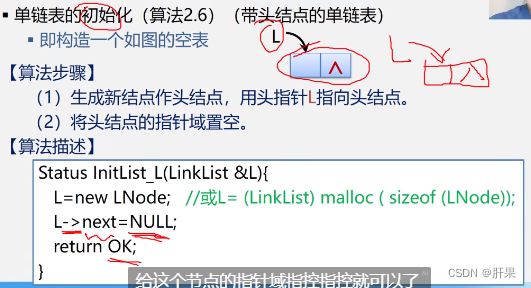
用C++实现:
My_List* initList()
{
My_List* temp = new My_List;
temp->pnext = NULL;
return temp;
}
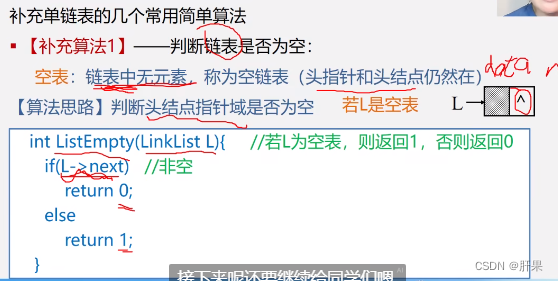
bool ListEmpty(My_List* temp)
{
if (temp->pnext == NULL)
{
return true;
}
else
{
return false;
}
}
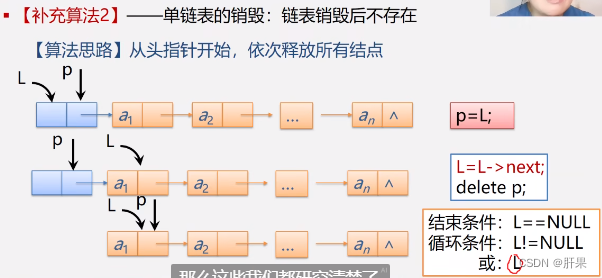
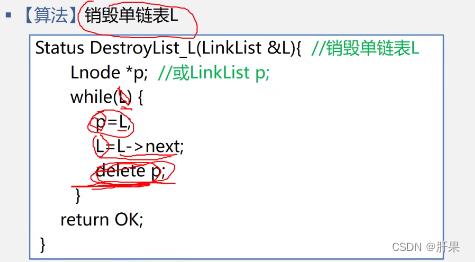
void My_DeleteAll(My_List* temp)
{
My_List* p;
while (temp)
{
p = temp;
temp = temp->pnext;
delete p;
}
}
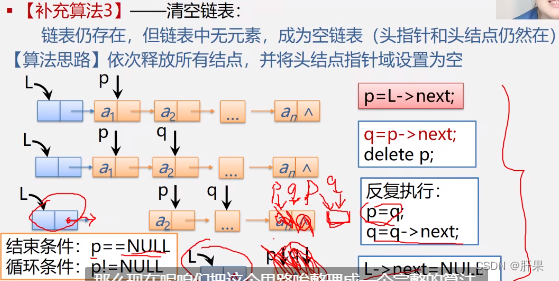
void My_ClearAll(My_List* temp)
{
My_List* p;
My_List* q;
p = temp->pnext;
while (p)
{
q = p->pnext;
delete p;
p = q;
}
temp->pnext = NULL;
}
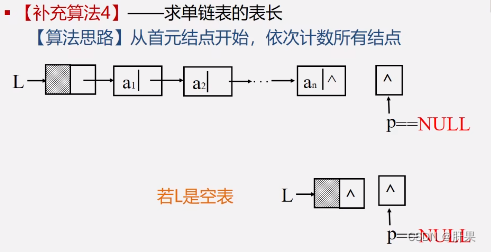
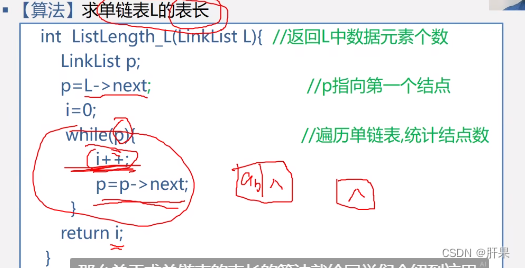
int ListLength(My_List* temp)
{
My_List* p;
p = temp->pnext;
int num = 0;
while (p)
{
++num;
p = p->pnext;
}
return num;
}
老师建议:基础且极其重要,必须熟练掌握。
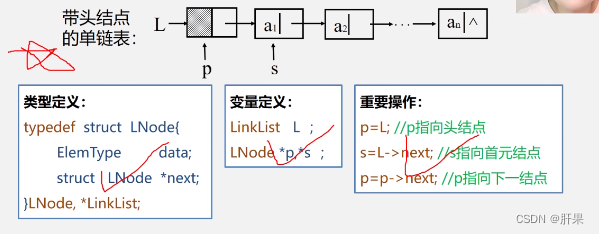
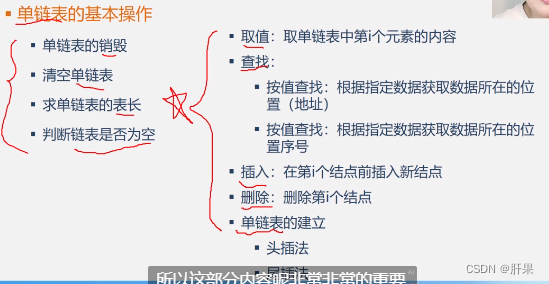
较复杂函数的实现:
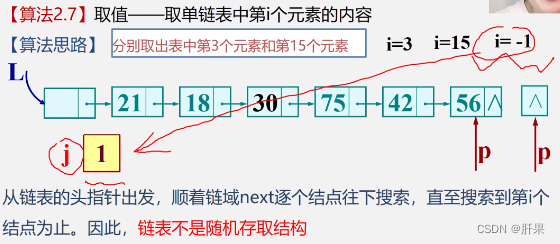

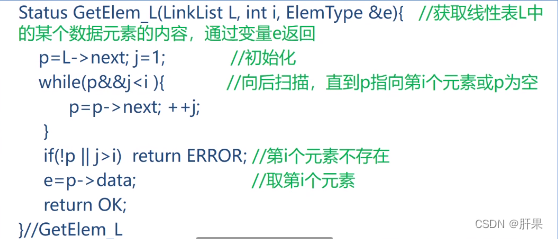
bool GetRnum(My_List* temp, int i, My_List* &mycache)
{
My_List* p;
p = temp->pnext;
int j = 1;
while (p&&j<i)
{
p = p->pnext;
++j;
}
if (!p || j>i)
{
return false;
}
mycache = p;
return true;
}
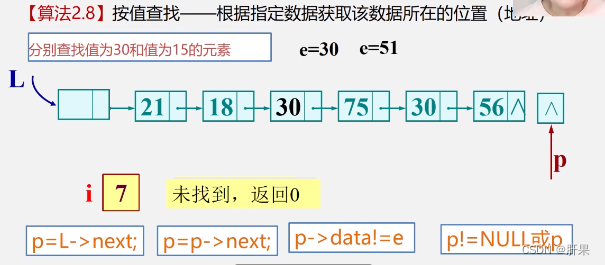
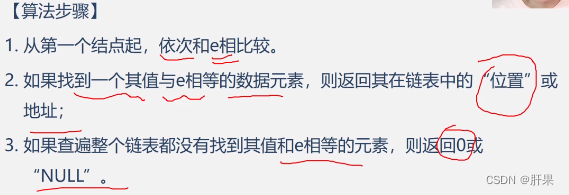

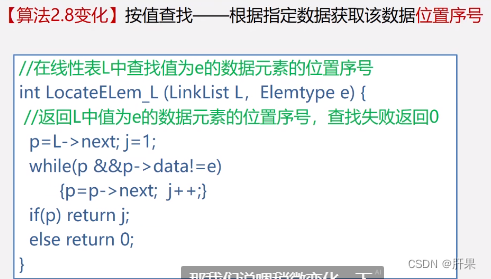
int LocateR(My_List* temp, int change)
{
int j = 1;
My_List* p = temp->pnext;
while (p&&p->pdata.My_num!=change)
{
p = p->pnext;
++j;
}
if (p!=NULL)
{
return j;
}
else
{
return 0;
}
}

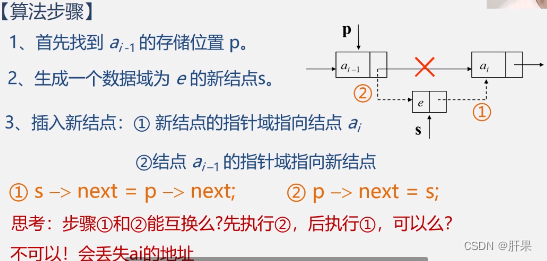
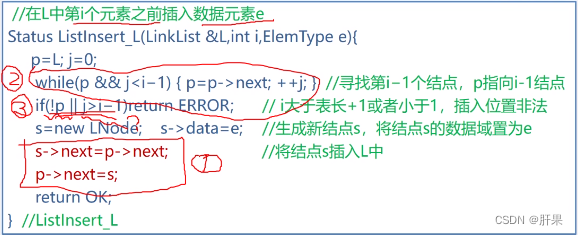
bool ListInsertfromI(My_List* temp, int i, My_List* mycache)
{
int j = 0;
My_List* p = temp;
while (p&&j<i-1)
{
p = p->pnext;
++j;
}
if (!p || j>i - 1)
{
return false;
}
mycache->pnext = p->pnext;
p->pnext = mycache;
return true;
}
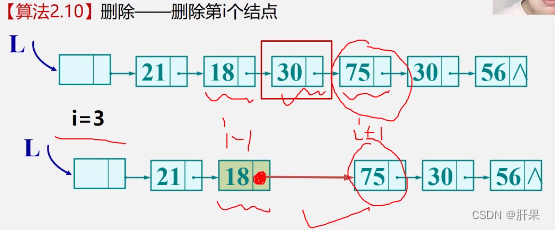
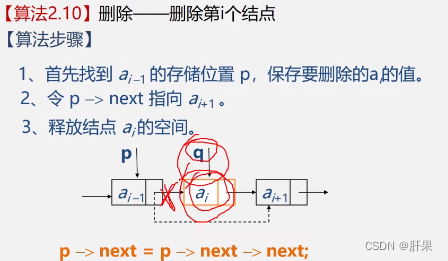
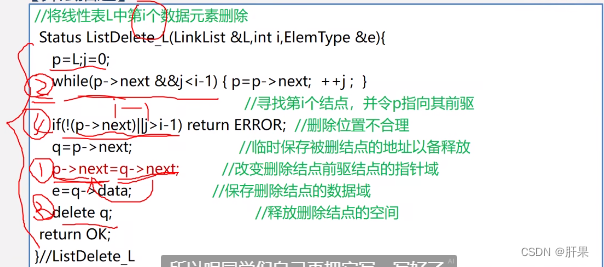
bool ListDelete(My_List* temp, int i)
{
My_List* p = temp;
int j = 0;
while (p->pnext&&j<i-1)
{
p = p->pnext;
++j;
}
if (!(p->pnext) || j>i - 1)
{
return false;
}
My_List* q = p->pnext;
p->pnext = q->pnext;
delete q;
return true;
}
时间复杂度分析


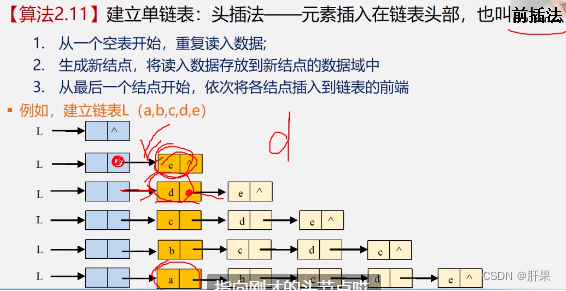

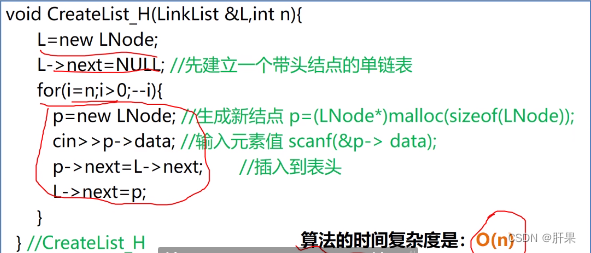
bool FrontInsert(My_List* temp)
{
My_List* insertcache = new My_List;
while (true)
{
cout << "请输入您所要添加资源的编号>=" << endl;
cin >> insertcache->pdata.My_num;
if (cin.fail()) {
cout << "您输入的不是一个整数,请重新输入:" << endl;
cin.clear();
cin.ignore(numeric_limits<streamsize>::max(), '\n');
continue;
}
cout << "请输入您所要添加资源的名字>=" << endl;
cin >> insertcache->pdata.My_name;
if (cin.fail()) {
cout << "您输入的不是一个正确的名字,请重新输入:" << endl;
cin.clear();
cin.ignore(numeric_limits<streamsize>::max(), '\n');
continue;
}
cout << "请输入您所要添加资源的剩余量>=" << endl;
cin >> insertcache->pdata.My_Resources;
if (cin.fail()) {
cout << "您输入的不是一个整数,请重新输入:" << endl;
cin.clear();
cin.ignore(numeric_limits<streamsize>::max(), '\n');
continue;
}
break;
}
insertcache->pnext = temp->pnext;
temp->pnext = insertcache;
cout << "需要继续添加吗?1、需要;其他、不需要" << endl;
int tempnum;
cin >> tempnum;
if (cin.fail()) {
tempnum = 0;
cin.clear();
cin.ignore(numeric_limits<streamsize>::max(), '\n');
}
if (tempnum == 1)
{
return true;
}
else
{
return false;
}
}
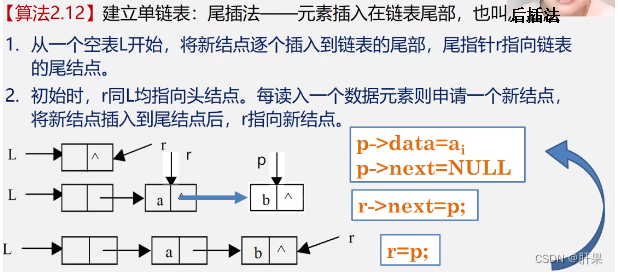
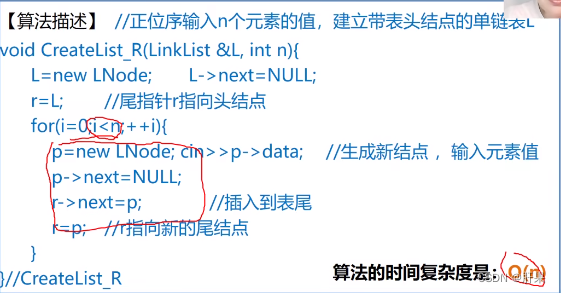
bool AfterInsert(My_List* temp)
{
My_List* insertcache = new My_List;
while (temp->pnext)
{
temp = temp->pnext;
}
while (true)
{
cout << "请输入您所要添加资源的编号>=" << endl;
cin >> insertcache->pdata.My_num;
if (cin.fail()) {
cout << "您输入的不是一个整数,请重新输入:" << endl;
cin.clear();
cin.ignore(numeric_limits<streamsize>::max(), '\n');
continue;
}
cout << "请输入您所要添加资源的名字>=" << endl;
cin >> insertcache->pdata.My_name;
if (cin.fail()) {
cout << "您输入的不是一个正确的名字,请重新输入:" << endl;
cin.clear();
cin.ignore(numeric_limits<streamsize>::max(), '\n');
continue;
}
cout << "请输入您所要添加资源的剩余量>=" << endl;
cin >> insertcache->pdata.My_Resources;
if (cin.fail()) {
cout << "您输入的不是一个整数,请重新输入:" << endl;
cin.clear();
cin.ignore(numeric_limits<streamsize>::max(), '\n');
continue;
}
break;
}
insertcache->pnext = NULL;
temp->pnext = insertcache;
cout << "需要继续添加吗?1、需要;其他、不需要" << endl;
int tempnum;
cin >> tempnum;
if (cin.fail()) {
tempnum = 0;
cin.clear();
cin.ignore(numeric_limits<streamsize>::max(), '\n');
}
if (tempnum == 1)
{
return true;
}
else
{
return false;
}
}
最后代码运行如下:
